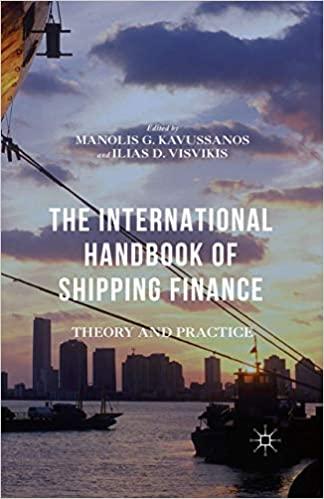Question
There were signs aplenty that the April 8, 2011, groundbreaking for the US$4.4 billion Shanghai Disney Resort was not aimed at the typical Orlando vacationer.
There were signs aplenty that the April 8, 2011, groundbreaking for the US$4.4 billion Shanghai Disney Resort was not aimed at the typical Orlando vacationer. Shanghai school children sang When You Wish Upon a Star - in Mandarin. Mickey Mouse showed up clad not in his signature duds but in traditional red Chinese garb to symbolize good fortune. Everything was customized to suit the tastes of the world's most populous nation.
Walt Disney has good reason to sweat the details at its first theme park on the mainland. When it opened Hong Kong Disneyland in 2005, it underestimated how many visitors would show up and how long they would linger. The result: too few rides, inadequate seating and food supplies at restaurants, and angry crowds that had to be turned away. Although the 47% Disney-owned Hong Kong park is expanding. it still lost US$92.3 million in the year ended October 2010, while attendance rose 13%. We learned a lot from Hong Kong," says Disney Chief Executive Officer Robert A. Iger. "In Shanghai, we're within a three hours' drive of 300 million people. That's a huge opportunity, and we have to be careful about how many will come and their visitation patterns.
For Disney, which will own a 43% stake in the 963-acre resort (three state-owned companies own the rest), Shanghai is a US$1.9 billion wager on a growing Chinese middle class who the company projects will spend US$200 billion annually
on leisure travel by 2015. It is also a bet that Disney's characters and 55-year history of running theme parks can be adapted to a culture it may not fully understand. "Disney has too much riding on China to let either Hong Kong or Shanghai fail," says John Gerner, managing director of Leisure Business Advisors, which assessed the potential for theme parks in China for Village Roadshow, an Australian theater and park operator. "Hong Kong was an experiment to see if a smaller park would work, and it didn't. Now they re fixing it."
Shanghai's Disneyland will be almost 85 acres, about 50% larger than the Hong Kong park at its opening, says one executive. There will be traditional Disney rides and others based on Chinese culture, says Iger. The company is adding Chinese nationals to its "Imagineering" team to help develop the park. One staple that will change: Main Street USA, the turn-of-the-century collection of storefronts and horse- drawn street cars that welcome visitors to most Disney parks. Explains Iger: We simply believe Main Street USA might not be that interesting to people here.
Disney is not likely to repeat the cultural faux pas it made when it opened Disneyland Resort Paris in 1992, where food sales suffered because the park initially did not serve wine with meals. In Hong Kong, Disney has cut the number of hot dogs
in restaurants in order to serve more dim sum and noodle dishes, says a Disney executive, and there is likely to be plenty of local fare in Shanghai. "Disney is paying a lot of attention now to cultural differences," says Evercore Partners analyst Alan
Gould. One motivation: The Shanghai park will generate $70 million in management fees for Disney in its first year and $200 million within a decade, Gould estimates.
In the above article, Disney is entering the China market.
1(a) What is the mode of entry used by Disney? Justify your answer based on the
context. What are the pros and cons of this mode of entry?
(b) Describe the Balance of Payment for US and China qualitatively. (hint: what is being imported and exported? Quantitative statistics is not required.). Which country is benefiting more should Disneyland Shanghai is successful? Justify your answer. (hint: impact on GDP for both countries)
2(a) Elaborate the OLI advantage for Disney in the above case.
(b) What are some of the challenges of Disney would face? (hint: consider the formal and informal institutions and how they would impact the OLI).
3(a) Evaluate the Cultural Difference between US and China. How should Disney adapt to the culture of China to make Disneyland Shanghai a success?
(b) What are the lessons Disney has learned from operating theme parks outside the United States (in Tokyo, Paris, and Hong Kong)? How applicable are these lessons to the new park in Shanghai?
Step by Step Solution
There are 3 Steps involved in it
Step: 1

Get Instant Access to Expert-Tailored Solutions
See step-by-step solutions with expert insights and AI powered tools for academic success
Step: 2

Step: 3

Ace Your Homework with AI
Get the answers you need in no time with our AI-driven, step-by-step assistance
Get Started


